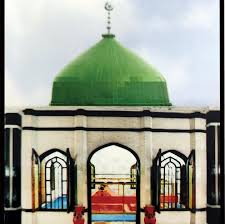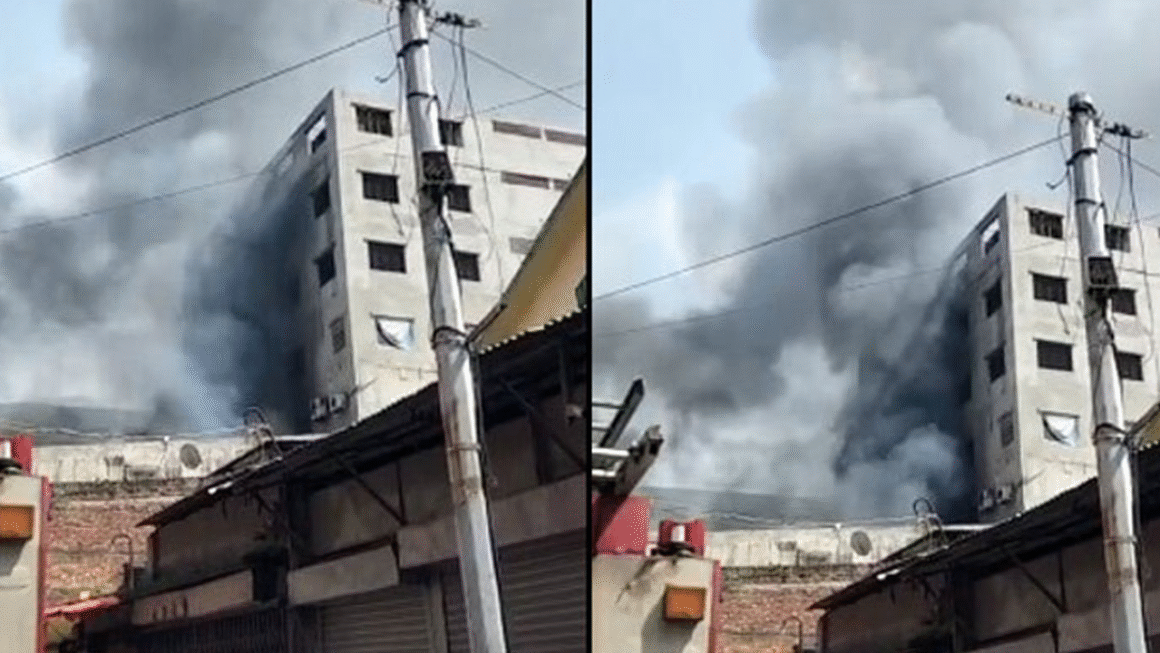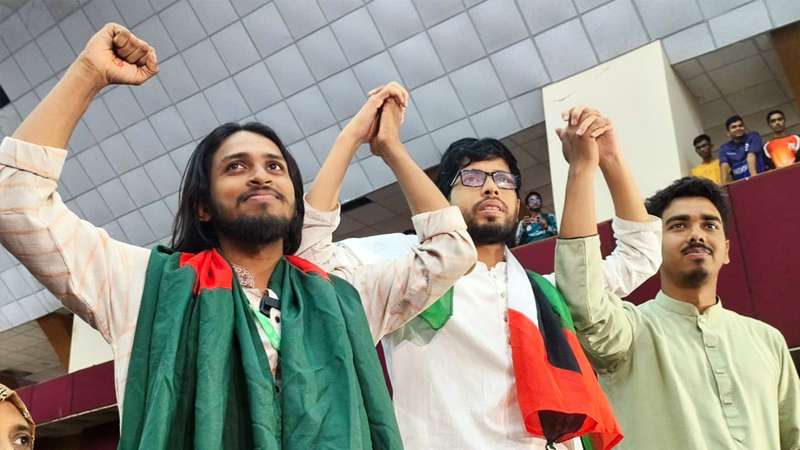
Introduction-
Bangladesh, a land rich in spiritual heritage, is home to countless mazars (shrines) that have stood the test of time, serving as places of prayer, meditation, and community gatherings. Among them, Jongli Shah’s Mazar in Safiet Gram, located in Kushtia district, stands as a beacon of devotion, mysticism, and history. This sacred site attracts hundreds of visitors and devotees each year, all drawn to the powerful spiritual presence of the revered saint Jongli Shah.
In this blog, we delve into the historical background, architectural features, spiritual significance, and visitor information surrounding Jongli Shah’s Mazar in Safiet Gram. Whether you are a pilgrim, a historian, or a curious traveler, this comprehensive guide will offer valuable insights into one of Kushtia’s lesser-known but deeply cherished spiritual sites.
Who Was Jongli Shah?-
Jongli Shah was a renowned Sufi saint known for his ascetic lifestyle, spiritual wisdom, and miraculous acts. Born in the 19th century, he dedicated his life to Islamic teachings, spiritual healing, and the service of the poor. The title “Jongli,” meaning “of the jungle” or “wild,” refers to his simple, nature-bound way of life, often residing in forests or isolated areas for meditation.
Jongli Shah preached love, humility, and divine unity (Tawheed) and was respected by people of all backgrounds. His teachings continue to inspire spiritual seekers across Bangladesh.
The Location: Safiet Gram in Kushtia-
Safiet Gram is a peaceful village located in Kushtia District, a region known for its rich cultural and religious history. Apart from Jongli Shah’s shrine, Kushtia is also home to Lalon Shah’s Akhra and the famous Shilaidaha Kuthibari of Rabindranath Tagore.
Safiet Gram provides a quiet, rural backdrop that perfectly complements the spiritual aura of the mazar. The tranquil surroundings make it ideal for meditation, prayer, and peaceful reflection.
History of Jongli Shah’s Mazar-
After his passing, Jongli Shah was buried in Safiet Gram, where his disciples and followers built a modest shrine to honor his legacy. Over the decades, the mazar became a site of pilgrimage, with people visiting to seek blessings (barakah), healing, and spiritual connection.
The shrine has undergone multiple renovations over the years but has retained its simplicity and spiritual integrity. Local villagers, along with religious committees, maintain the mazar and organize annual events in his memory.
Architectural Features-
While not as grand as some larger shrines in Bangladesh, Jongli Shah’s Mazar in Safiet Gram is unique in its own right:
- Main Tomb: The central tomb is covered with green cloths and adorned with floral offerings, symbolizing peace and respect.
- Prayer Area: A covered platform allows devotees to sit and pray or recite verses from the Qur’an.
- Tree-Shaded Courtyard: Large banyan and neem trees create a cool and calm environment, contributing to the spiritual ambiance.
- Simple Structure: True to Jongli Shah’s humble lifestyle, the mazar’s architecture avoids extravagance, reflecting his teachings of modesty.
Spiritual Practices and Rituals-
Jongli Shah’s followers observe several and spiritual practices:
- Urs Celebration: The saint’s death anniversary, known as Urs, is celebrated annually with prayers, Qawwali (devotional music), and communal feasts.
- Manat (Vows): Devotees make manats, or spiritual vows, asking for healing or blessings. Once fulfilled, they return to offer thanks.
- Zikir and Dua: Regular zikir (remembrance of Allah) and dua (prayers) sessions are held by local Sufi groups and khadems (caretakers).
- Chadar Poshi: Offering a chadar (cloth) on the tomb is a symbolic act of devotion and respect.
Cultural Importance-
Beyond religious relevance, Jongli Shah’s Mazar in Safiet Gram plays a vital role in the cultural fabric of the local community:
- Interfaith Harmony: The mazar is visited by people of multiple faiths, echoing the saint’s message of universal love.
- Community Hub: Local festivals and gatherings strengthen community bonds and promote social unity.
- Oral History: Jongli Shah’s miracles and teachings are preserved through generations by oral storytelling, poetry, and folk songs.
Events and Celebrations-
Throughout the year, the mazar hosts a variety of events that draw spiritual seekers and tourists alike:
- Annual Urs Festival: Thousands attend for Qawwali nights, special prayers, and communal meals (langar).
- Milad and Maulid: Commemorative gatherings to praise the Prophet Muhammad (PBUH) and the saint himself.
- Thursday Evenings: A traditional night for visiting shrines, marked by additional prayers and candle lighting.
Visiting Information-
Planning a visit to Jongli Shah’s Mazar in Safiet Gram? Here’s what you need to know:
- Location: Safiet Gram, Kushtia District, Bangladesh
- Nearest City: Kushtia (approx. 20–30 minutes by road)
- Transportation: Accessible via local buses, rickshaws, or private vehicles
- Entry Fee: Free
- Dress Code: Modest clothing recommended; head covering for both men and women while entering the shrine
- Opening Hours: Open daily from sunrise to sunset
- Photography: Allowed, but with respect and discretion
Best Time to Visit-
The ideal time to visit Jongli Shah’s Mazar in Safiet Gram is during the cooler months between November and February, especially during the Urs festival, which usually falls in late winter or early spring (dates vary). Visiting during Thursday evenings also provides a more engaging spiritual atmosphere, with more rituals and prayers in progress.
Conclusion-
Jongli Shah’s Mazar in Safiet Gram is not just a religious site—it is a living testament to Bangladesh’s rich Sufi tradition, communal harmony, and spiritual depth. Its serene environment, heartfelt rituals, and simple yet powerful presence offer a unique experience for anyone seeking peace, reflection, or spiritual insight. Whether you are a devout pilgrim or an intrigued traveler, a visit to this holy site will leave you with a deep sense of tranquility and inspiration.
FAQs (Frequently Asked Questions)-
What is Jongli Shah’s Mazar in Safiet Gram?
It is the shrine of the Sufi saint Jongli Shah, located in the village of Safiet Gram in Kushtia district.
Why is Jongli Shah called “Jongli”?
He led an ascetic life in nature, often meditating in forests, which earned him the title “Jongli,” meaning “wild” or “of the jungle.”
When is the best time to visit the mazar?
The cooler months from November to February, especially during the Urs festival.
Is there an entrance fee to visit the shrine?
No, the shrine is open to all and free to enter.
Can non-Muslims visit Jongli Shah’s Mazar?
Yes, the site promotes spiritual unity and welcomes people of all faiths.
What happens during the Urs festival?
Special prayers, Qawwali performances, and communal meals are held in honor of Jongli Shah’s spiritual legacy.
Is the location accessible from Kushtia town?
Yes, it is easily reachable by rickshaw, CNG, or private vehicle within 30 minutes.
Are there facilities for women visitors?
Yes, the shrine has separate prayer spaces and is welcoming to female devotees.
Are accommodations available near the shrine?
While there are no hotels in Safiet Gram itself, nearby Kushtia town offers various accommodation options.
Is the shrine maintained by a religious committee?
Yes, local religious leaders and khadems take care of the mazar and manage events.












